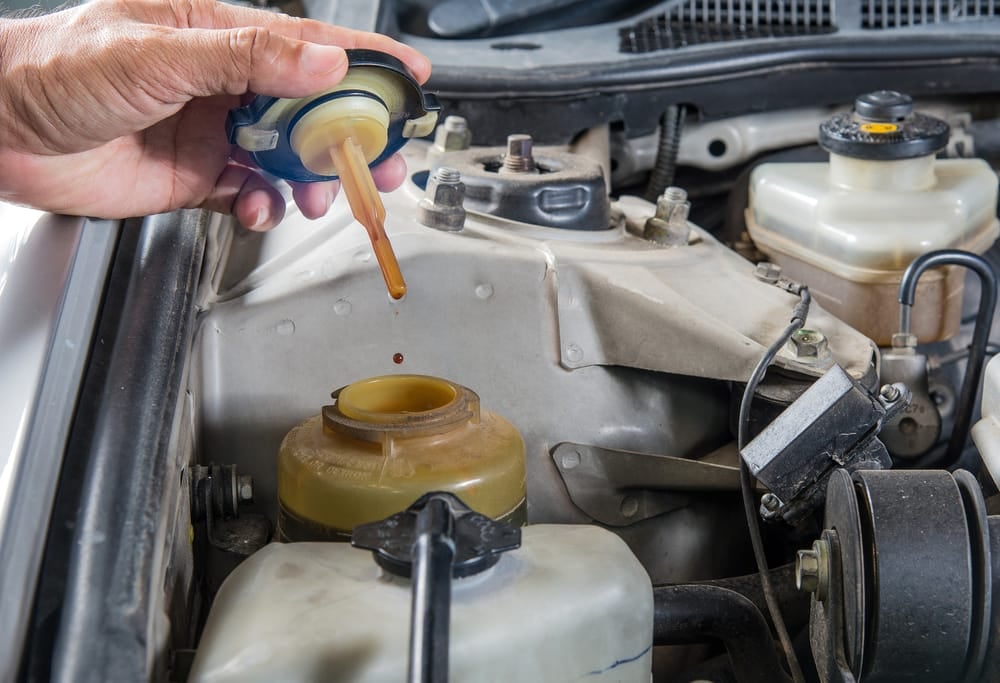
Post Written By Jackson Briar
How Often To Change Power Steering Fluid? Timeline for Changing Power Steering Fluid
Power steering systems in modern vehicles often run on hydraulics which requires power steering fluid. You can top up the power steering fluid if it is running low.
If you're topping up the power steering fluid reservoir and there is still some fluid in the system, one liter of fluid should be enough to fill the fluid level to between the "MIN" and "MAX" lines.
However, if you're doing a power steering flush, you will need at least two liters of fluid to fill the entire power steering system.
If your power steering fluid runs low, it can cause several mechanical problems.
Table Of Contents [show]
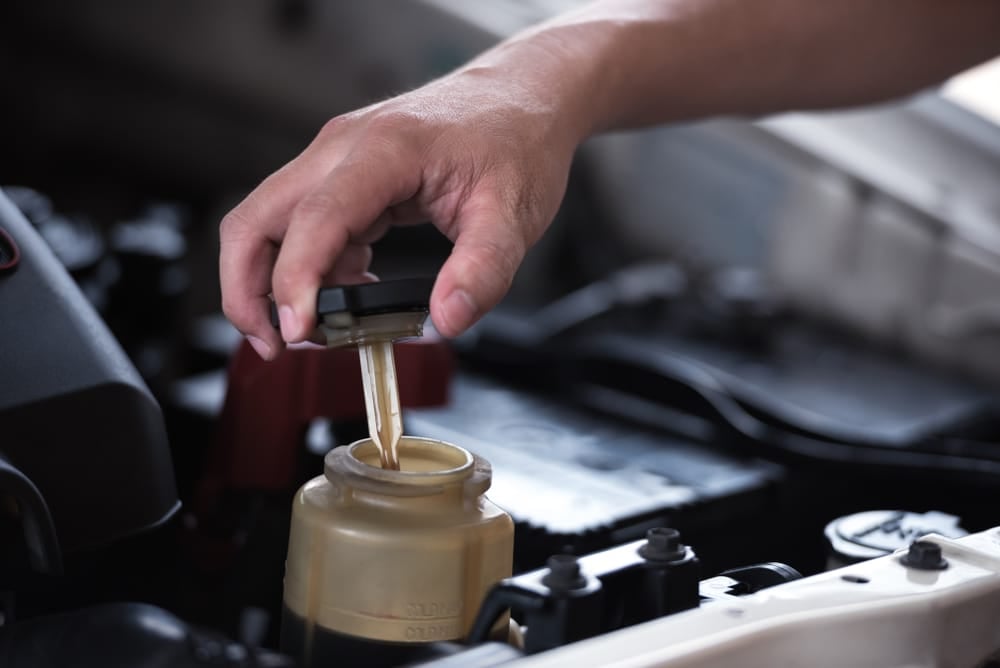
Most power steering systems work on hydraulics, in which fluid plays a critical role in turning a vehicle's wheels.
The total capacity for power steering systems in most vehicles is about two liters .
If there is existing fluid in the system, a top-up of less than 1 liter is often all that is needed to bring the fluid level back to the proper operating level between the min and max lines on the power steering reservoir.
In total, power steering systems usually take just over two quarts of fluid, and it's essential to ensure that you're only filling up the reservoir to its full line.
One quart is equal to 0.946 liters.
Always fill the power steering reservoir between the "MIN" and "MAX" lines.
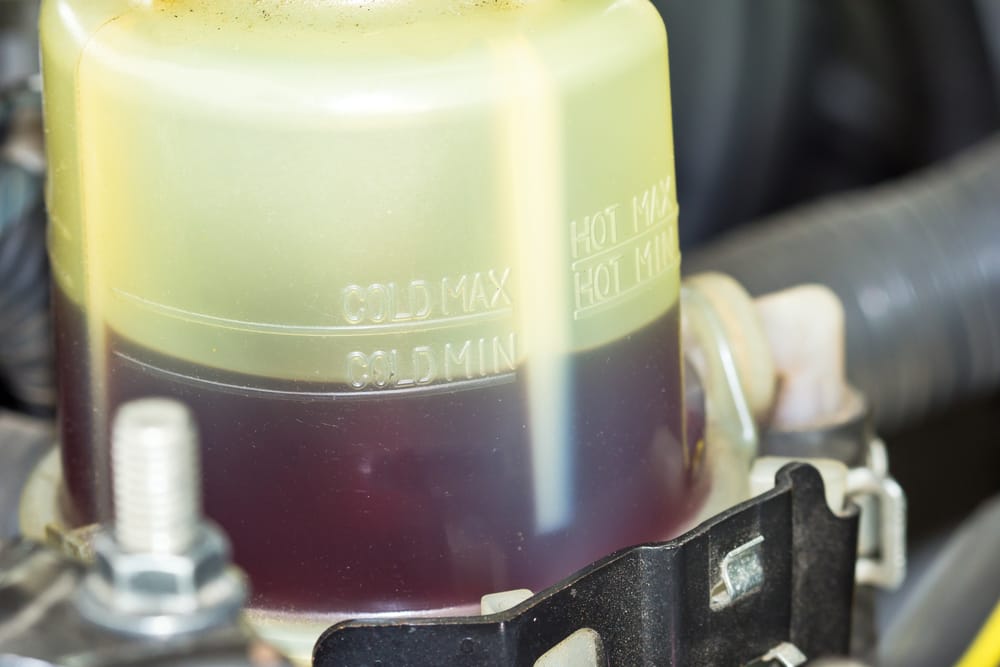
It is important not to overfill the reservoir when adding power steering fluid to the power steering system.
A "min" and "max" line are prominent on most reservoirs, giving you a clear answer to how much power steering fluid you need to add.
Suppose you put too much power steering fluid into your car. In that case, you risk the fluid escaping the reservoir and possibly causing a fire hazard, not to mention possibly over-pressurizing the system and damaging the power steering pump and seals.
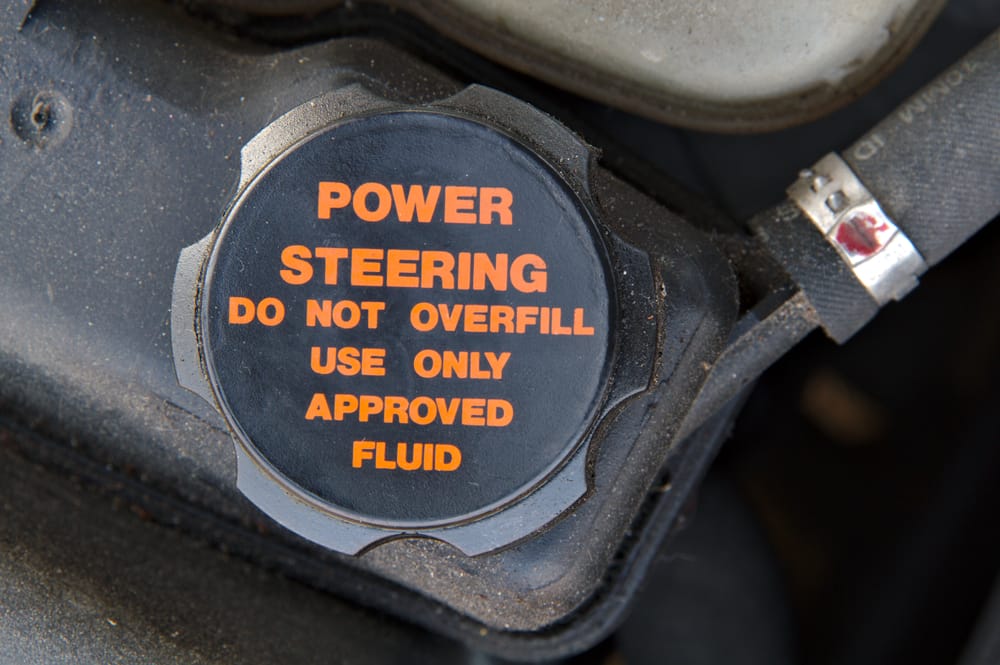
The symptoms of low power steering fluid often include:
A low power steering fluid level can damage the power steering pump, O rings, valves, seals, and other steering system parts due to a lack of lubrication and heat dissipation.
Driving with low power steering fluid should be kept to a bare minimum because it poses a safety hazard and could lead to mechanical damage to the vehicle's power steering system.
The vehicle relies on hydraulic pressure to actuate the hydraulic rams that turn the vehicle's wheels.
If the fluid level is low enough, there won't be sufficient pressure to operate the piston, which could lead to loss of control of the vehicle.
The power steering also acts to lubricate and dissipate heat from the pump.
Also, if the fluid level gets too low, the pump could be starved of oil, leading to mechanical failure.

Power steering fluid should last at least 80,000 miles or five years, whichever comes first. However, always confirm with your vehicle's owner's manual.
If the vehicle's power steering fluid becomes contaminated with dirt or moisture, it may be necessary to flush the old fluid and replace it with new.
A dark-looking oil indicates contamination rather than bright and clear.
Contaminated oil does not lubricate the system correctly and can lead to things like seals prematurely aging and leaking.
You can check your vehicle's power steering fluid level in several easy steps.
Replacing the power steering fluid in your vehicle's power steering system can be difficult because it requires some mechanical knowledge, time, and effort.
If you need to do a power steering fluid flush, it's recommended to take the vehicle to a mechanic so that they can conduct a full service of the system.
A mechanic has the tools to get the job done quickly and can give the system a thorough inspection with the vehicle on a lift.
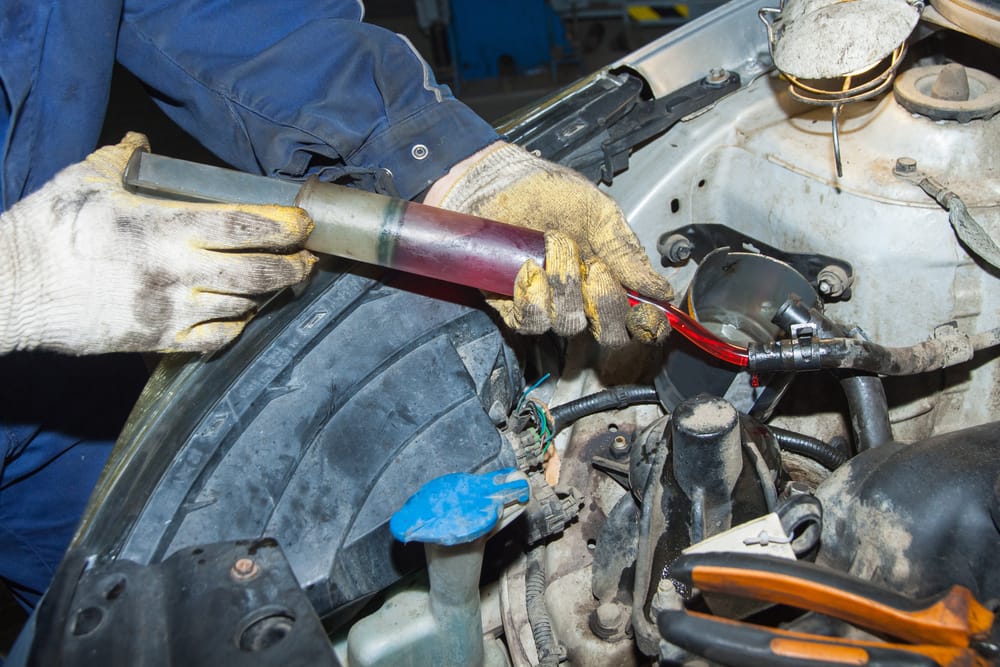
Changing the power steering fluid when the engine is hot is not recommended. There is a safety risk when working with flammable oils and fluids around hot engines.
Power steering fluid is a mineral oil-based liquid, making it flammable and risky to use near a heat source.
Whether you add or flush the power steering fluid will depend on the condition of the existing fluid in the system.
If the fluid appears to be contaminated or has reached its service interval for a flush, it will be best to have the system flushed and brand-new fluid put in.
The power steering reservoir is in the engine bay and can often be found with the guidance of the owner's manual.
The amount of power steering fluid that you need will depend on how much fluid is in the system. The power steering fluid must be between the "MIN" and "MAX" lines in the reservoir. Steering fluid reservoirs take just over two quarts of fluid in total.

Post Written By Jackson Briar
How Often To Change Power Steering Fluid? Timeline for Changing Power Steering Fluid
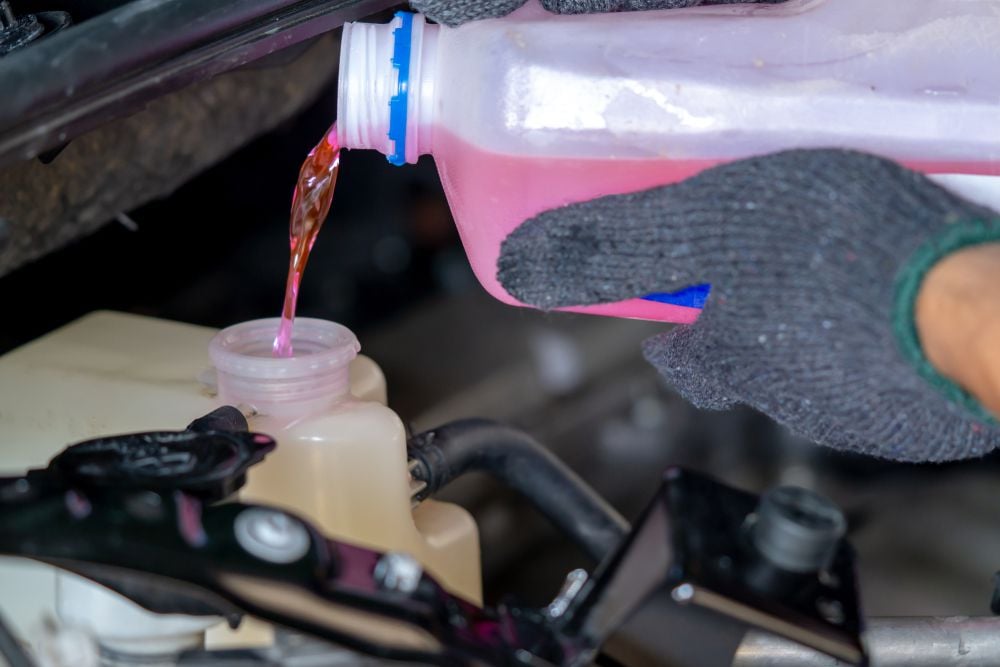
Post Written By Jackson Briar
Adding Coolant Correctly: Should Your Engine Be Running or Off for Safety?

Post Written By Jackson Briar
Top Safe and Comfortable Cars for Elderly Passengers in 2024: Your Ultimate Guide